When training your dog, there are seven commands every dog needs to learn. We call these Basic Obedience commands, and they’re always covered in Valor K9 Academy’s Basic Obedience Class as well as Private lessons and Board and Train programs.
1. Name Recognition
All dogs should know and respond enthusiastically to their name by offering focus and eye contact. We teach dogs their names through a simple exercise called The Name Game. Use this how-to video to teach your dog at home! (Video: The Name Game!)
2. Sit
Sit implies stay. To teach sit, we start by luring the behavior. We want dogs to understand how to sit before we start asking them to “Sit!” on command. Once dogs understand how to sit, we give the “Sit” command, followed by a lure until the dog no longer needs to lure. After that, we work on building the dog’s 3D’s: duration, distance and distractions. (Video: How to teach sit)
3. Down
Down also implies stay. There is no need to say “Down” and “Stay.” It’s redundant and unnecessary. Down means stay until released, and the training process is just like the Sit-Stay training process. Teach the down, add the command, then work on the 3D’s. (Video: How to teach down)
4. Heel
Being dragged on walks is no fun. It can also be dangerous. When dogs aren’t trained to walk on a loose leash next to you, they can be a hazard. We’ve had numerous people come to us over the years with big dogs who’ve pulled them over on walks and as a result, they broke their hip. That’s insane. Teaching your dog to walk nicely on leash is a two-part process.
First, we teach preheeling where the dog learns to walk next to us and sit when we start using a rewards-based system. Next, we add a training collar (such as a Martingale, Starmark pro-training collar or Herm Sprenger prong collar), if the dog needs one, and we continue to reinforce preheeling while correcting behaviors we don’t like (forging, jumping and sniffing the ground).
The end result? A dog who walks happily next to you and understands what he’s allowed to do and what he’s not. (Video: Preheeling)
5. Come
Coming when called is non-negotiable. A solid recall can save your dog’s life! We use foundation training first by playing Recall Games to teach a reliable “Come” command. Then we layer in the Remote E-collar to proof training around heavy distractions and in new environments. The goal is a reliable, bombproof recall where the dog comes immediately and quickly back to you. Every dog absolutely MUST know how to come when called.
6. Place
Many people have never heard of place bed training. It’s a game-changer (trust me!). In place training, you send your dog to a raised bed and he stays there in a calm state of mind until released. He can stand up, sit or lay, but he must stay on the bed. It’s like pushing a PAUSE button for your dog. They enter a Zen-like state even in the midst of chaos and excitement. It’s not magic. The training focuses on conditioning and shaping behavior.
7. Leave It
Dogs must be able to avoid something you don’t want them to have. Maybe it’s an onion you just dropped while cooking. Or someone’s leftover French fries on the sidewalk. Eww. We teach this behavior using a combination of impulse control and avoidance. We feel this command is non-negotiable and want an avoidance-like response from the dog. When we say “Leave It,” we mean “Leave It.”
So there you have it! Seven basic commands all dogs should know: Name Recognition, Sit, Down, Heel, Come, Place and Leave It. If you have any questions, hit up our training team by sending an email to info@valork9academy.com.
Cover photo is “Remi the Mini Aussie” by Laryssa Martinovich
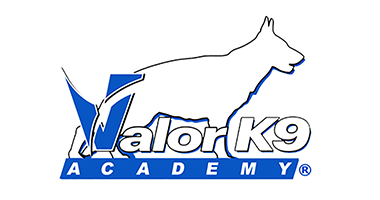
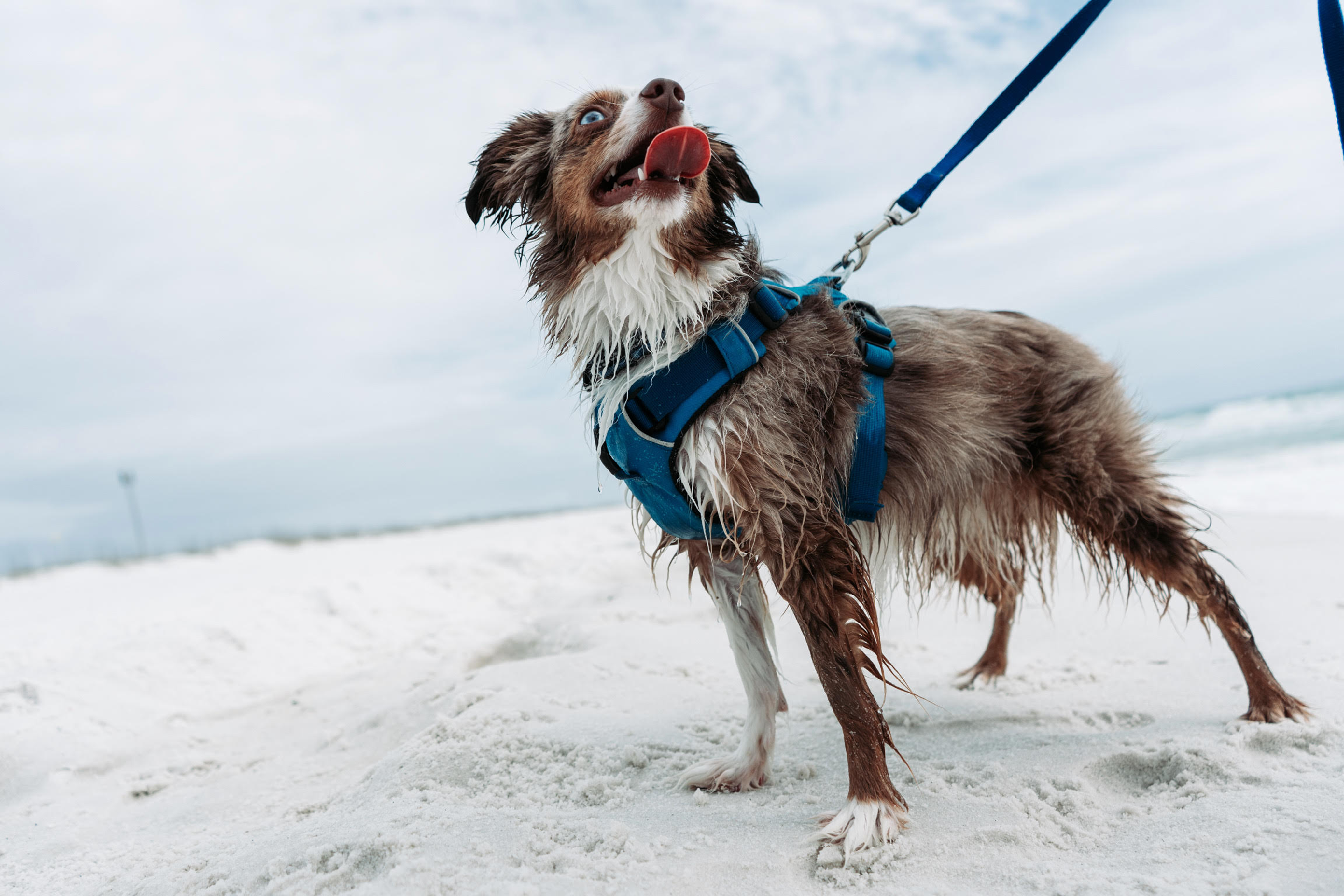



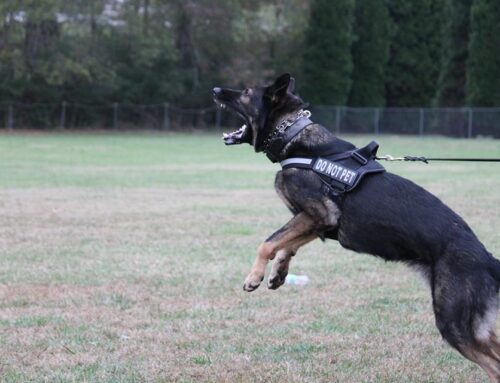
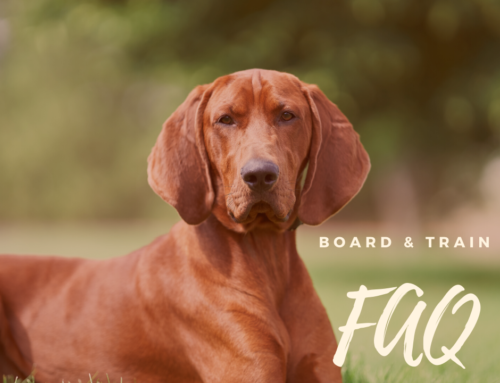
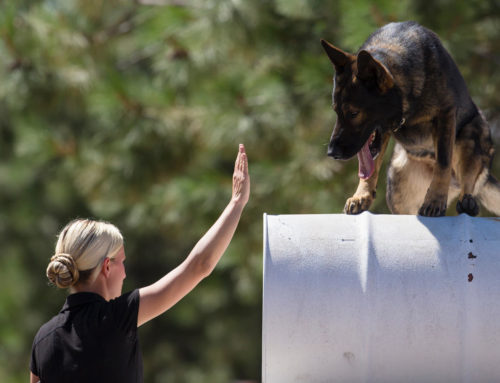

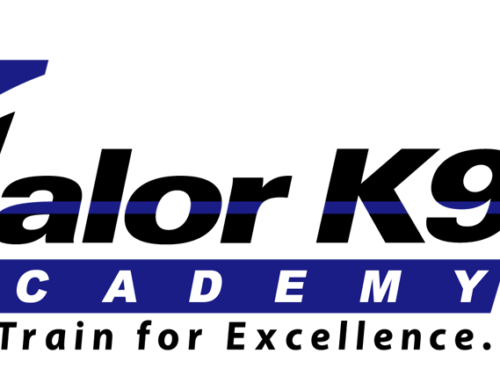
Leave A Comment